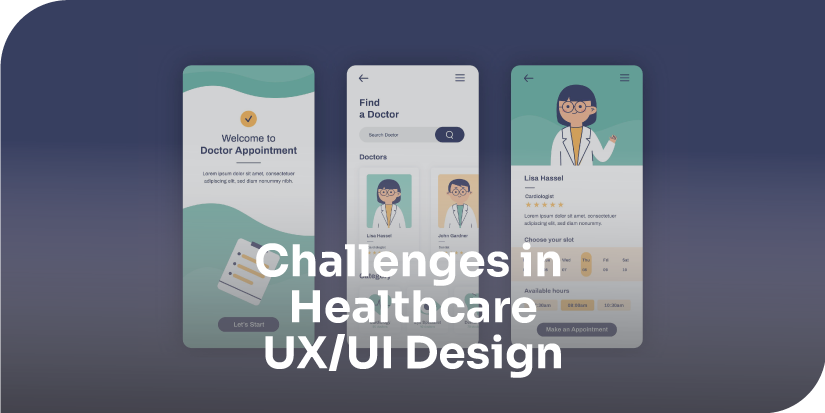Introduction
In the healthcare sector, UX/UI designers face a dual challenge when developing applications for pharmaceutical companies: creating intuitive user interfaces that enhance user engagement and ensuring strict adherence to complex regulatory requirements. This balancing act is crucial not only for user satisfaction but also for protecting patient data and maintaining compliance with laws like HIPAA in the U.S., GDPR in Europe, and other global regulations.
Understanding the Landscape
Healthcare applications are subject to rigorous standards that govern how patient information is handled, protected, and shared. Designers must ensure that these applications comply with security measures and privacy laws to avoid legal penalties and safeguard user trust. This complex regulatory environment significantly influences every aspect of UX/UI design, from data input forms to how information is displayed.
Key Strategies for Regulatory Compliance and Excellent UX
- Incorporate Compliance from the Start: Integrating regulatory considerations early in the design process helps ensure that compliance is woven into the fabric of the application, rather than being an afterthought that disrupts user experience.
- Educate and Inform Users: Transparent communication about data usage and rights is critical. Designs should include easily accessible information that explains how user data is protected and used, enhancing transparency and trust.
- Simplify Security Features: While robust security measures are non-negotiable, they need not be cumbersome for the user. Implementing user-friendly security solutions, like biometric access and simplified two-factor authentication, can enhance security without compromising ease of use.
- Regular Compliance Audits: Designing with compliance in mind requires ongoing efforts. Regular audits and updates to the UX/UI ensure that the application evolves in line with changing regulations and user expectations.
- Ensure Universal Design Principles: Accessibility should be a core component of healthcare applications, ensuring that all users, regardless of ability, can navigate and utilize features effectively and securely.

The Impact of Thoughtful UX/UI Design in Healthcare
A well-designed healthcare application does more than just comply with laws; it provides a seamless experience that encourages user engagement and trust. By prioritizing both regulatory compliance and user experience, companies can create products that are not only legally sound but also widely adopted and appreciated by their users.
Conclusion
Navigating the intricate balance between user experience and regulatory compliance is a significant challenge in healthcare UX/UI design. This is where Sidat comes in. Our expertise in developing compliant and user-friendly pharmaceutical applications ensures that your company doesn’t just meet the necessary legal standards but also delivers a superior user experience. Partner with Sidat to leverage our deep understanding of both regulatory requirements and innovative design practices, enabling your healthcare applications to excel in functionality, compliance, and user engagement. Let Sidat help you transform these challenges into opportunities for success.







